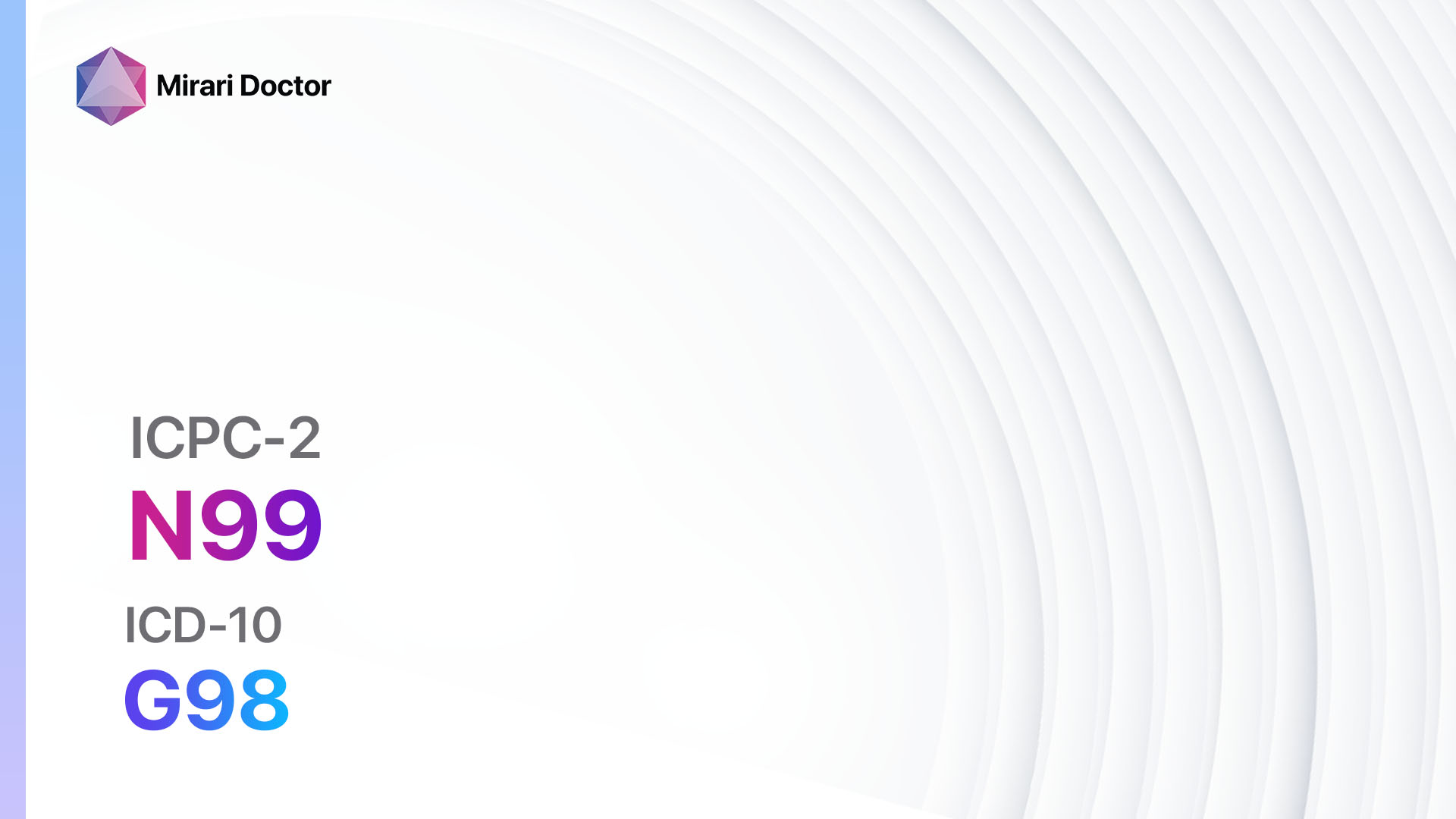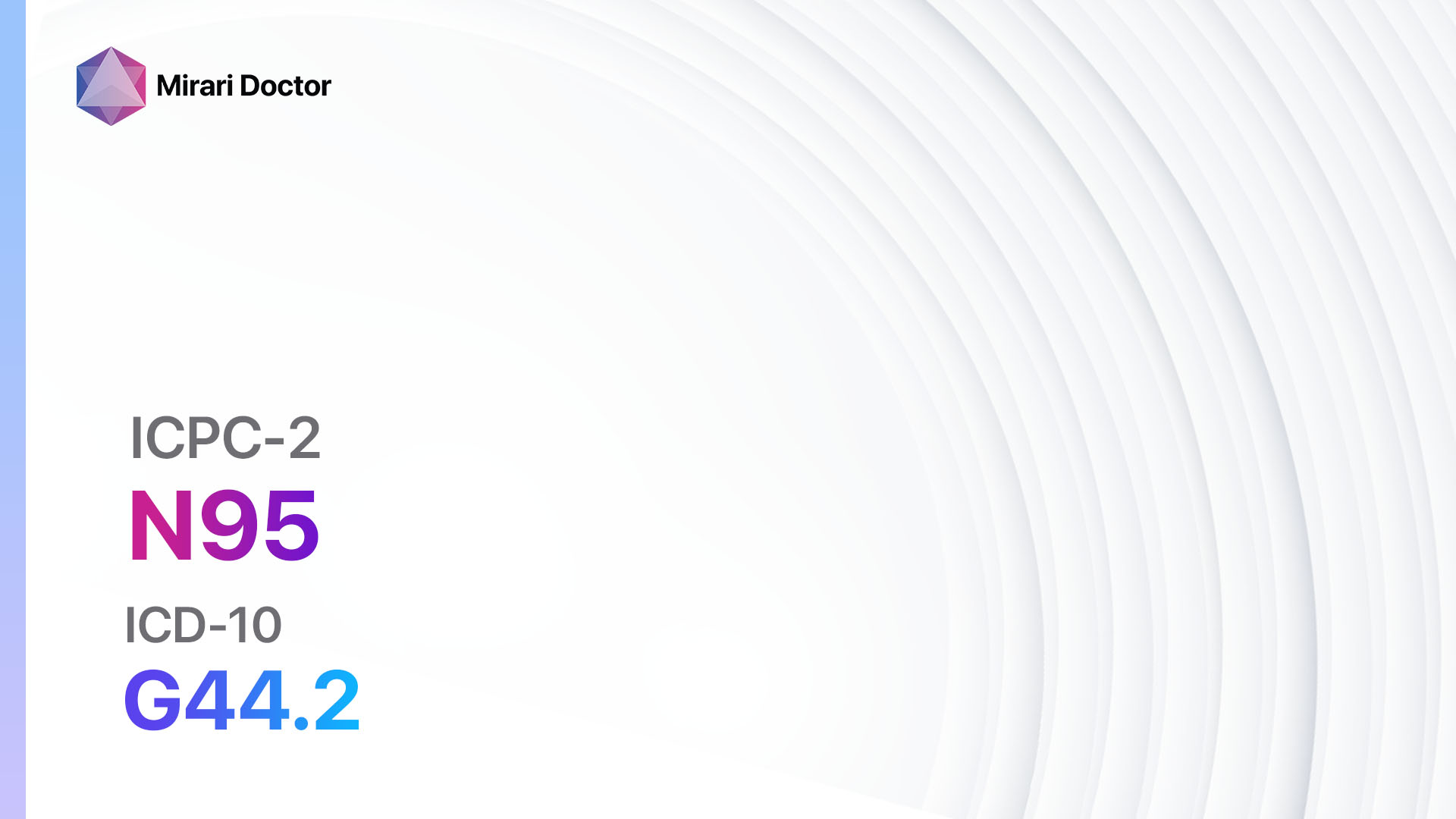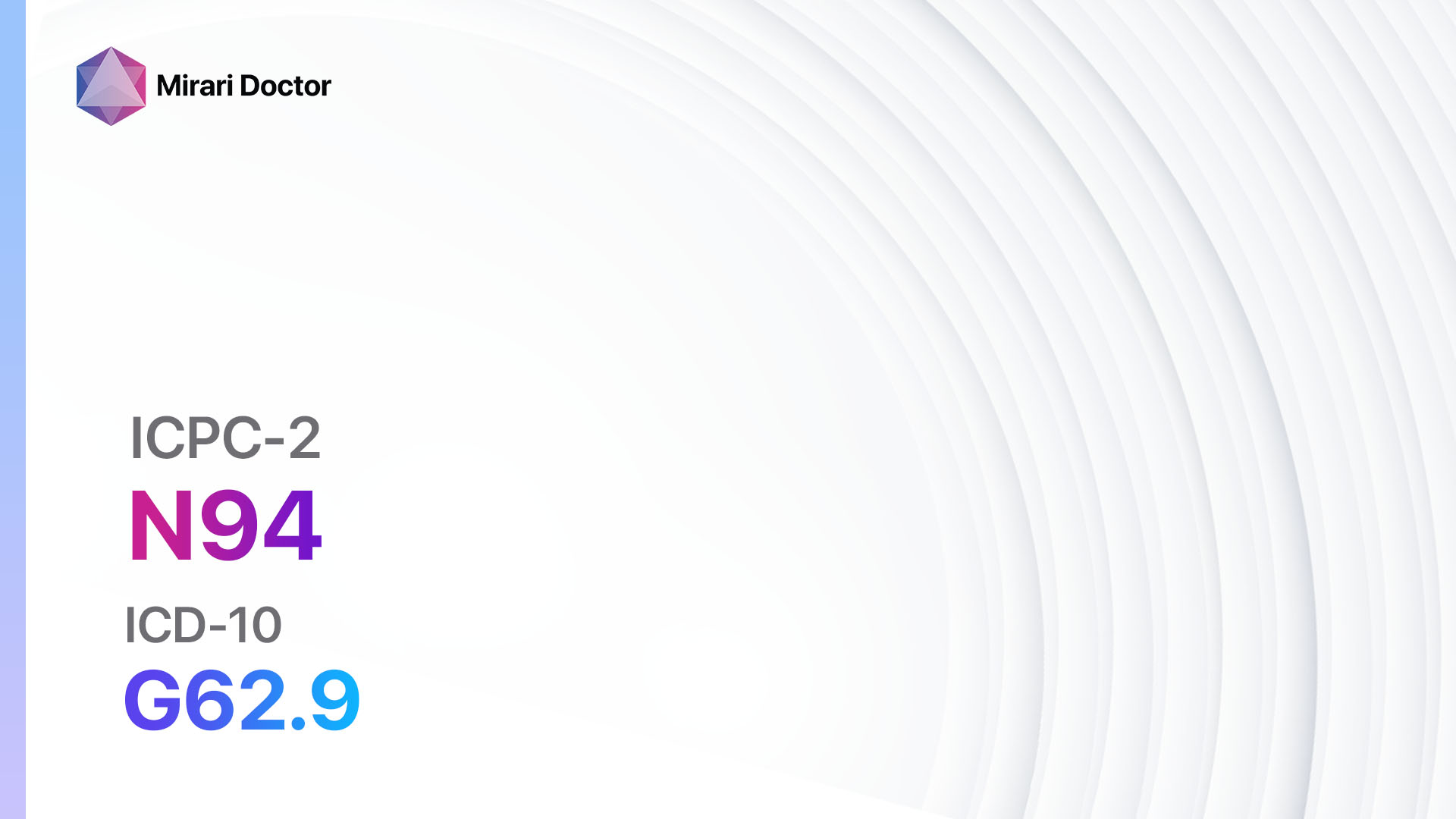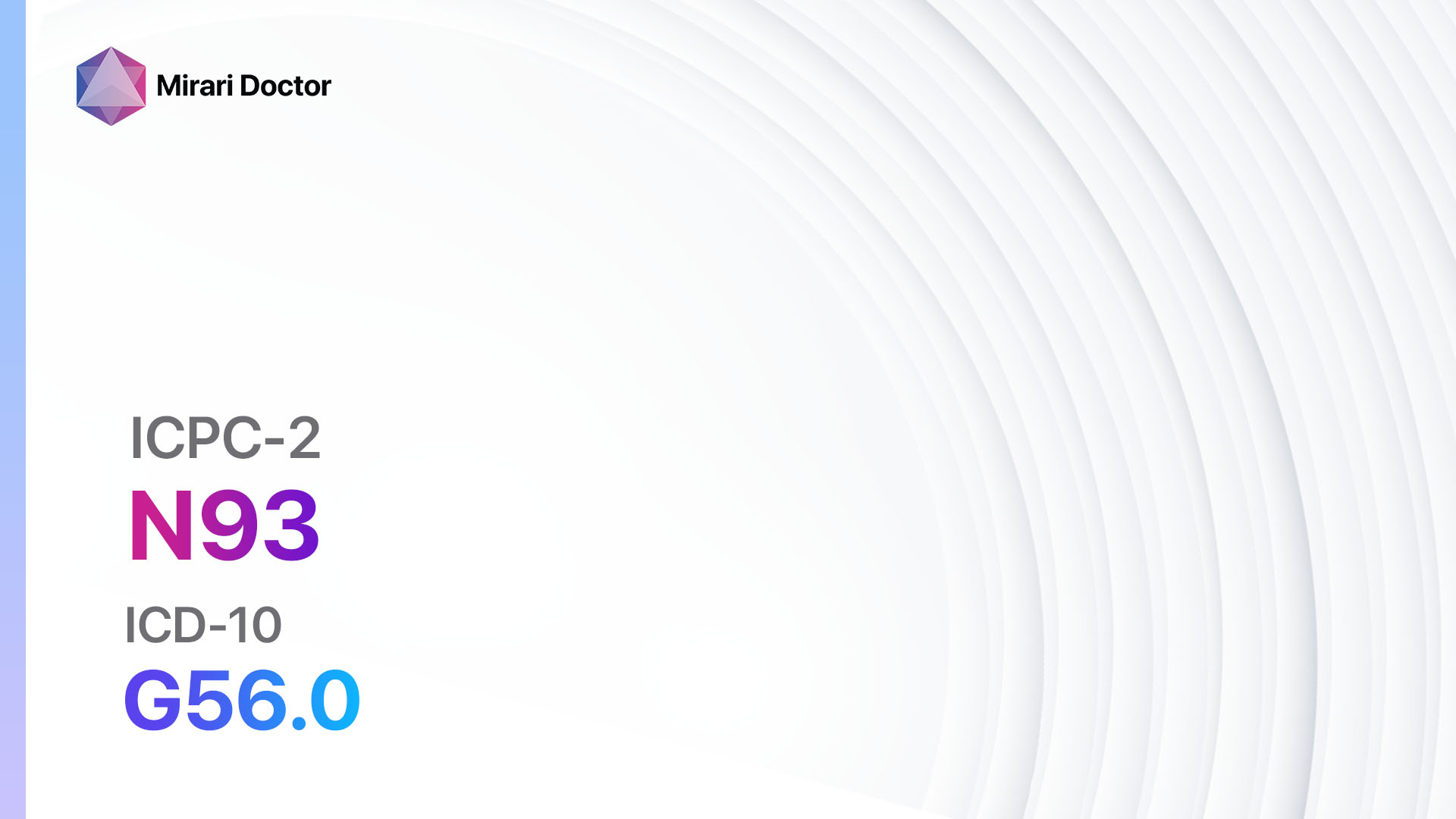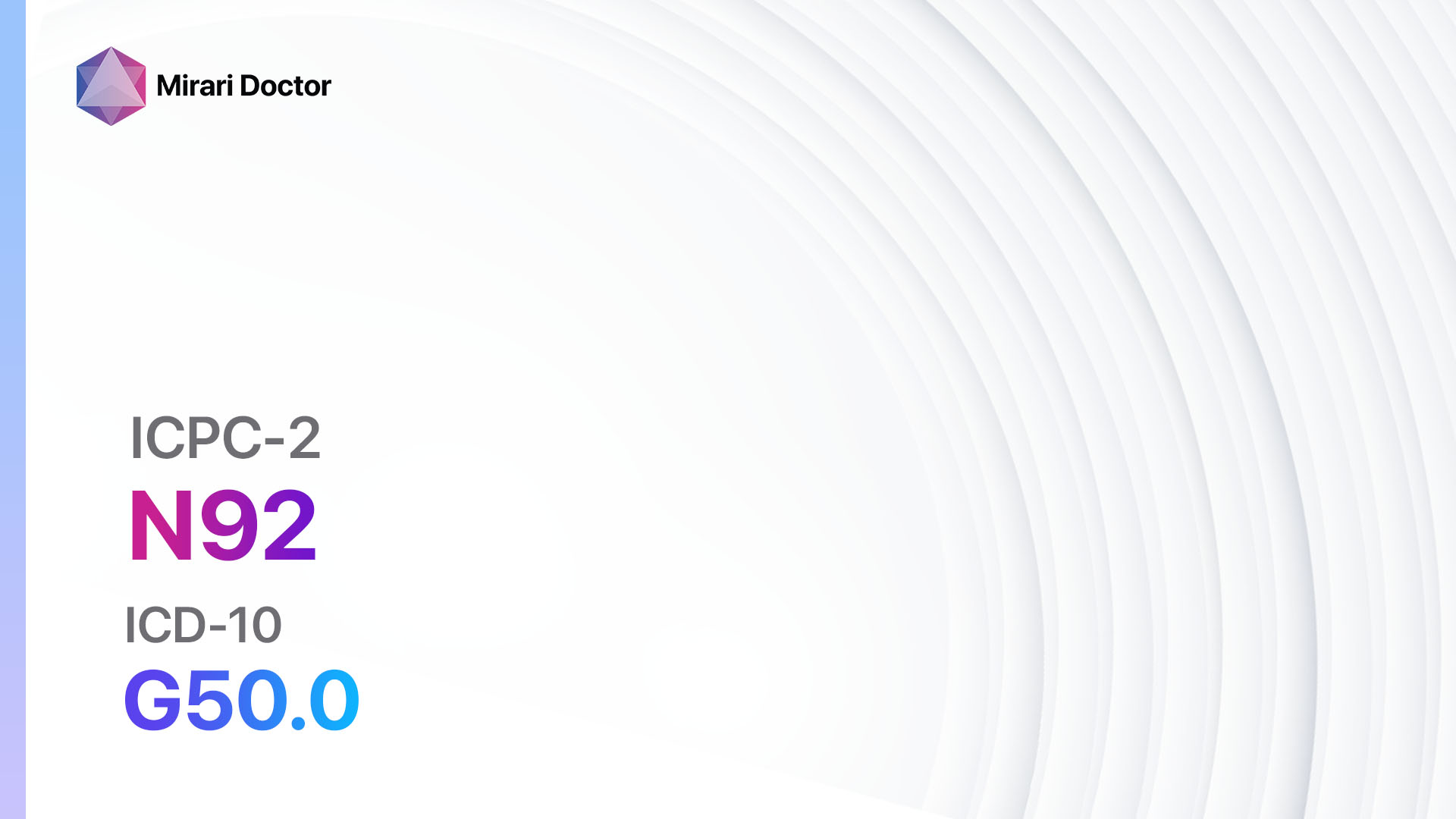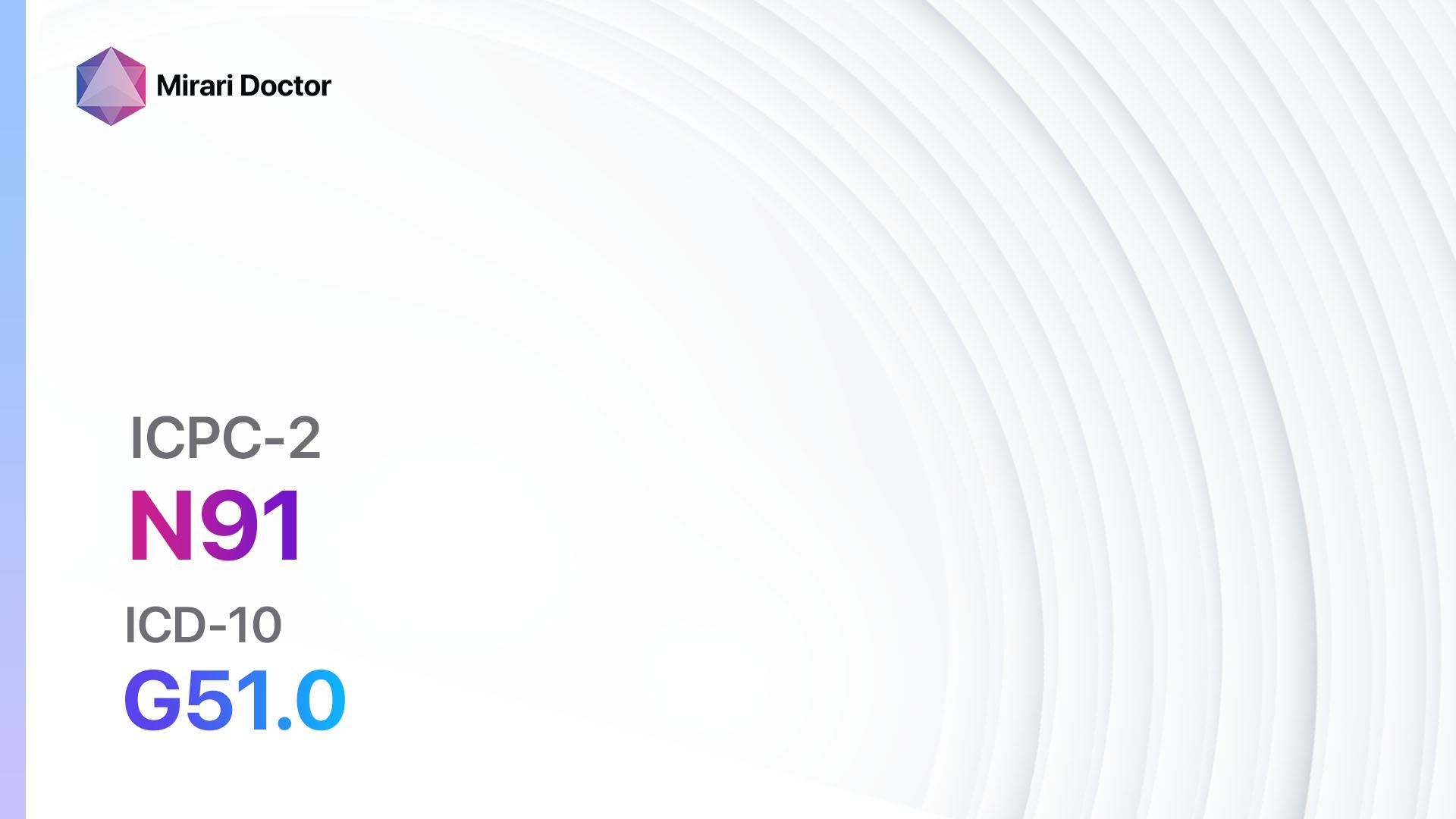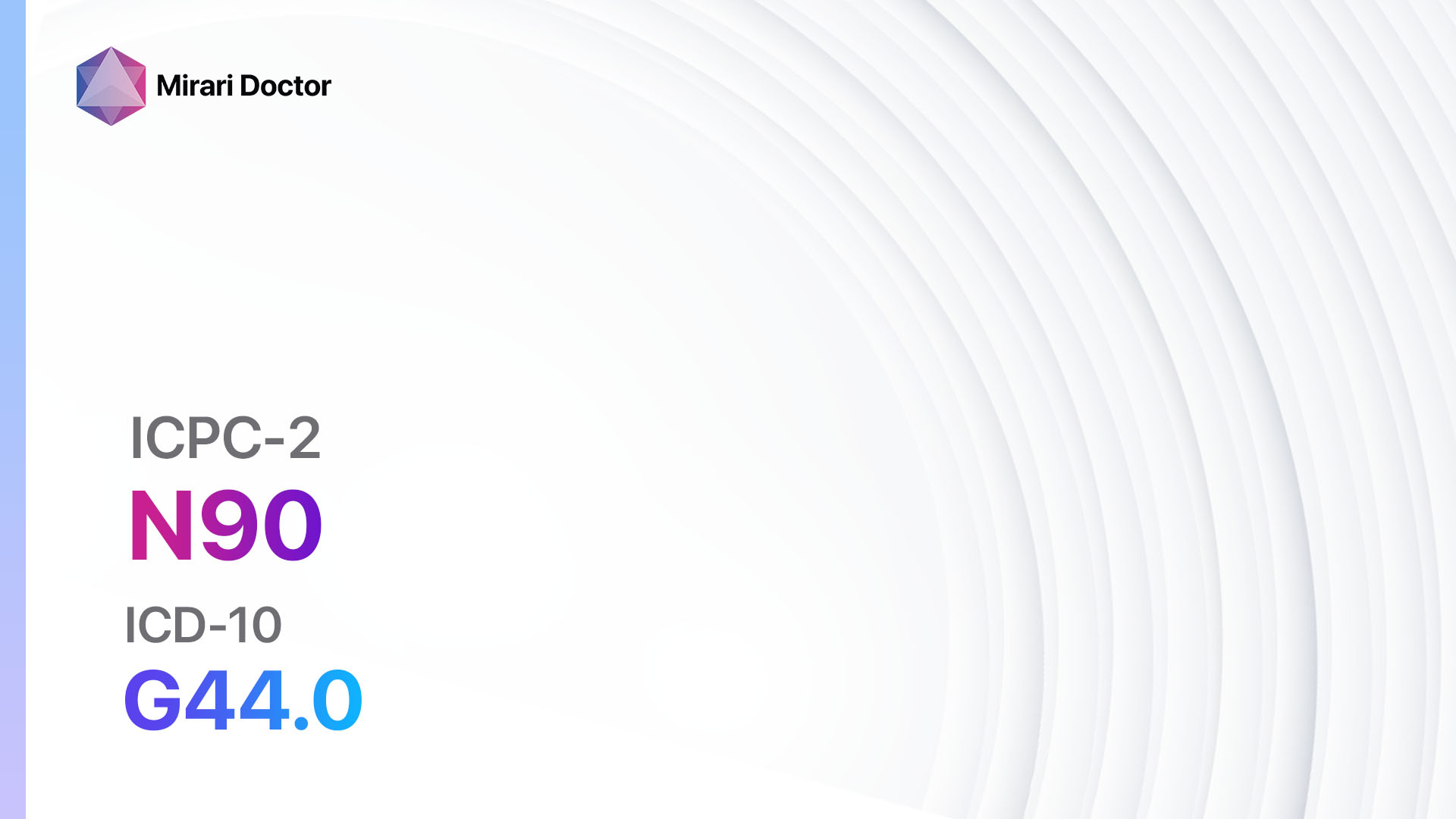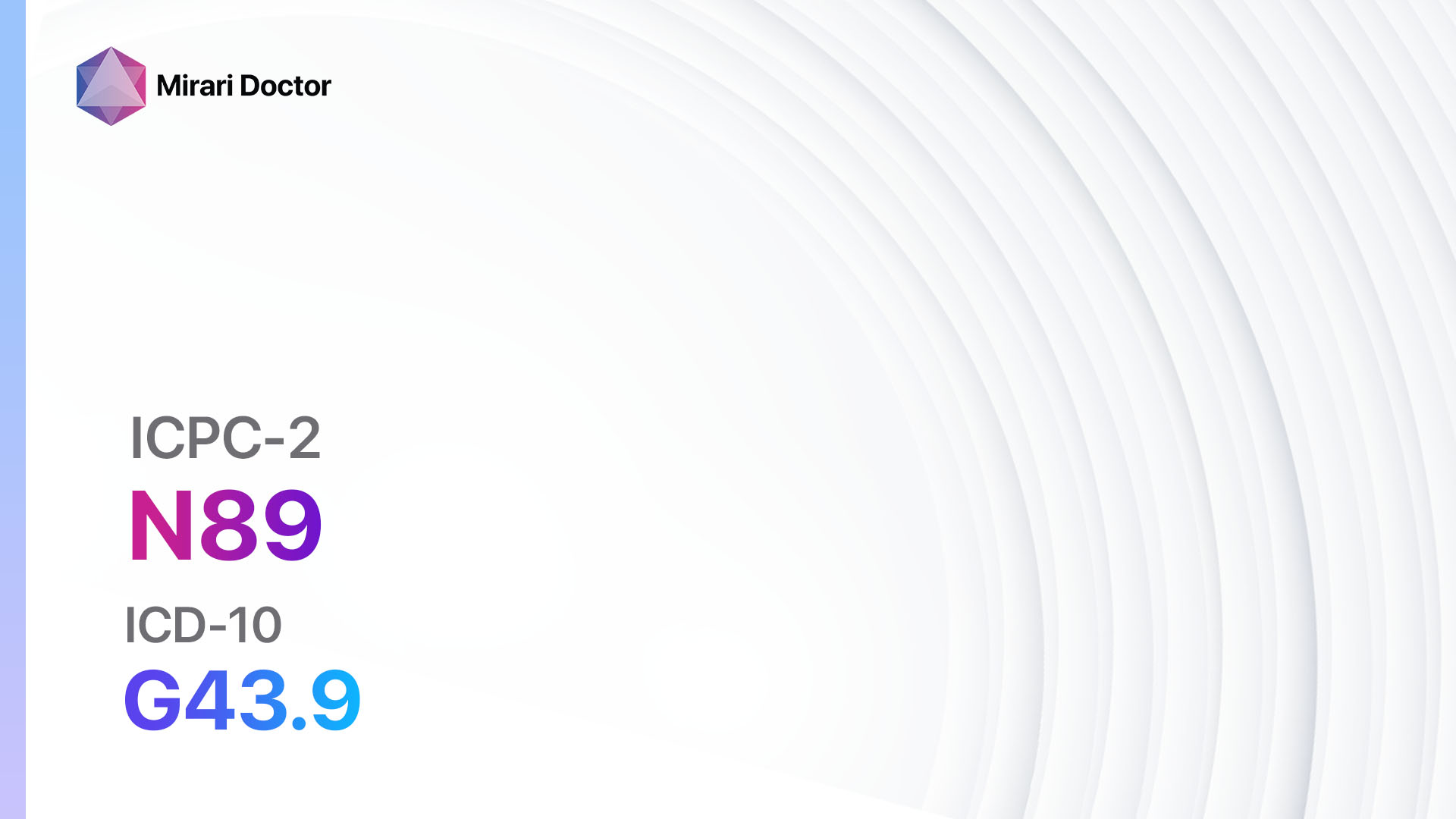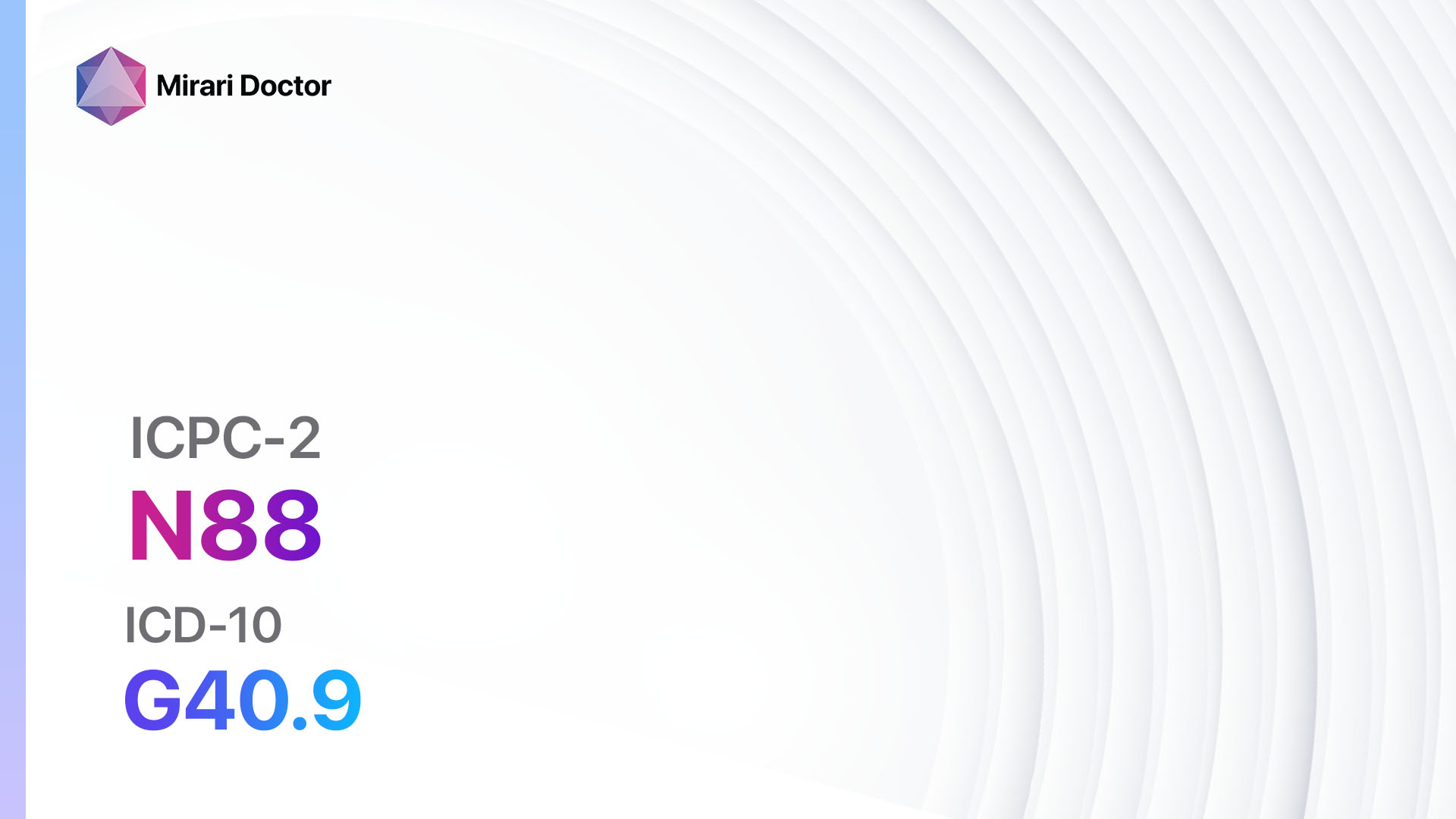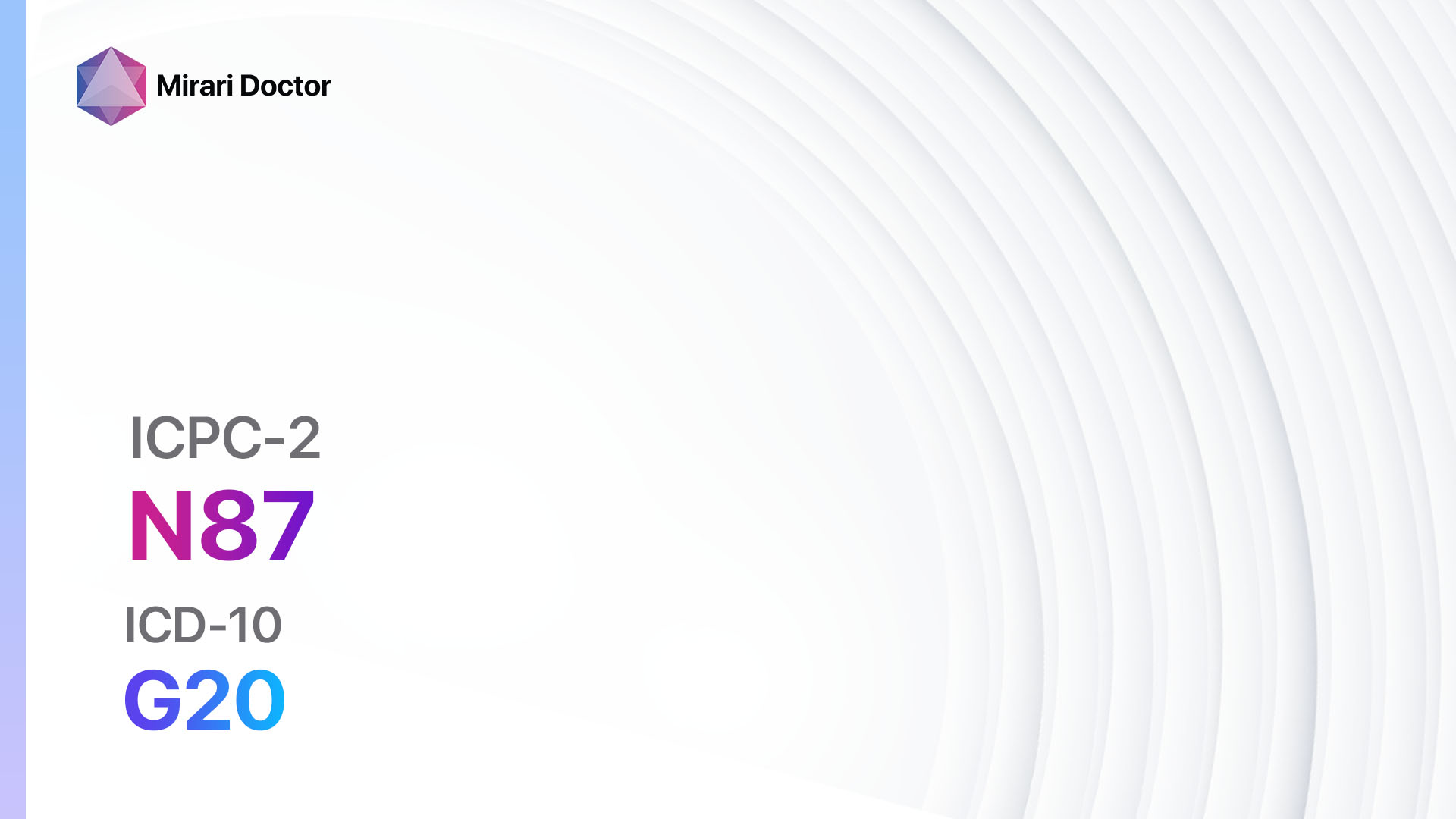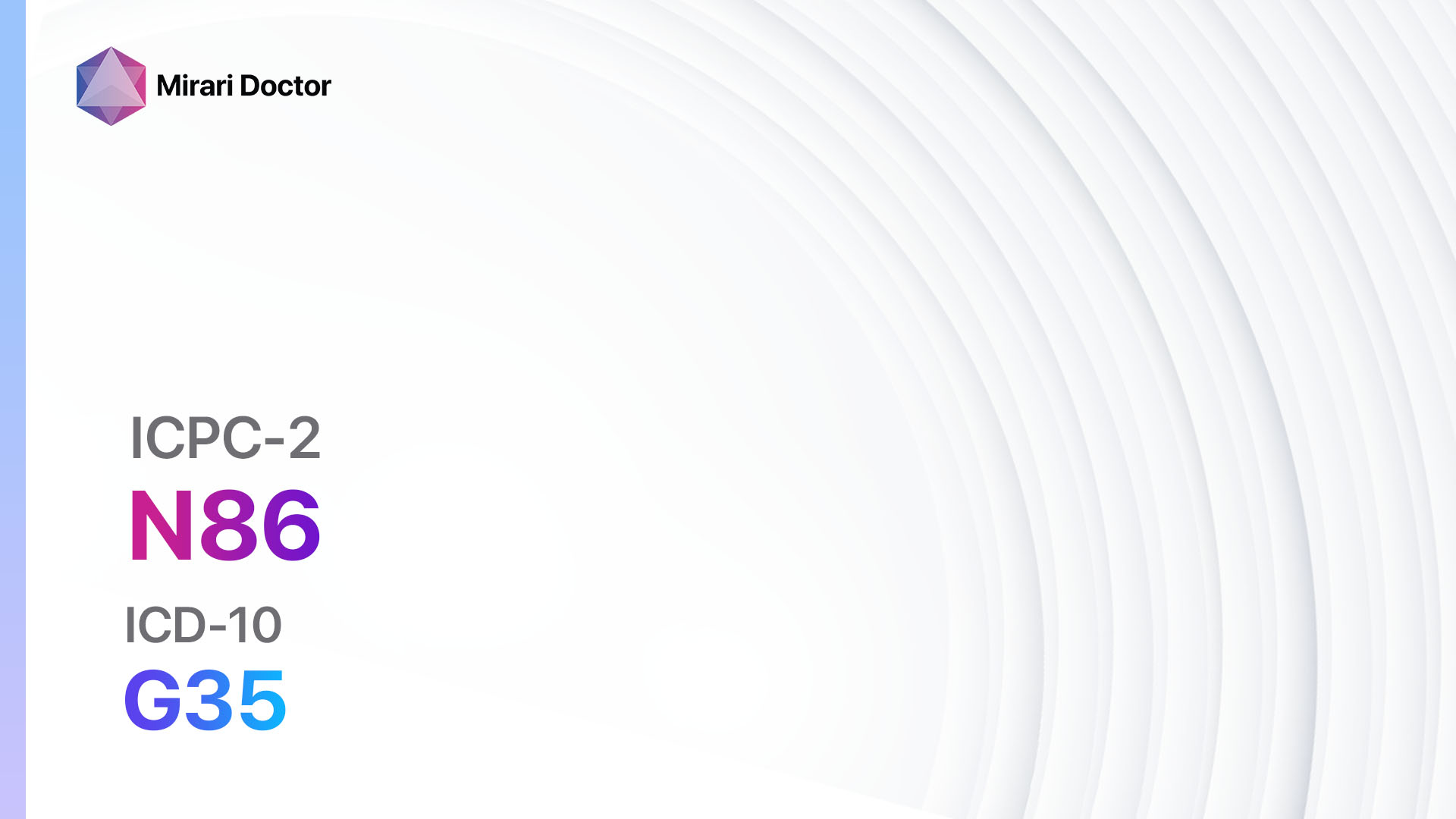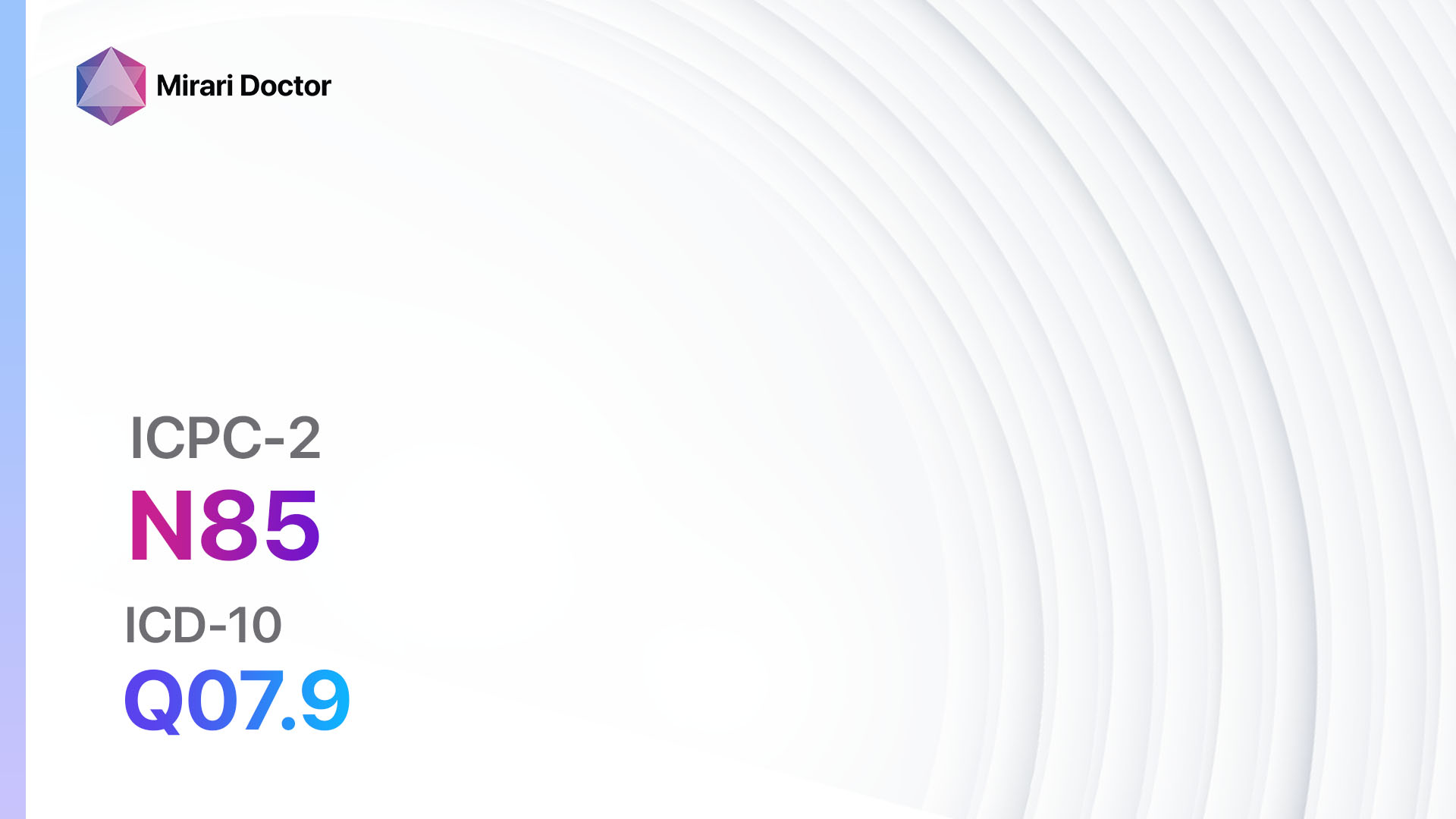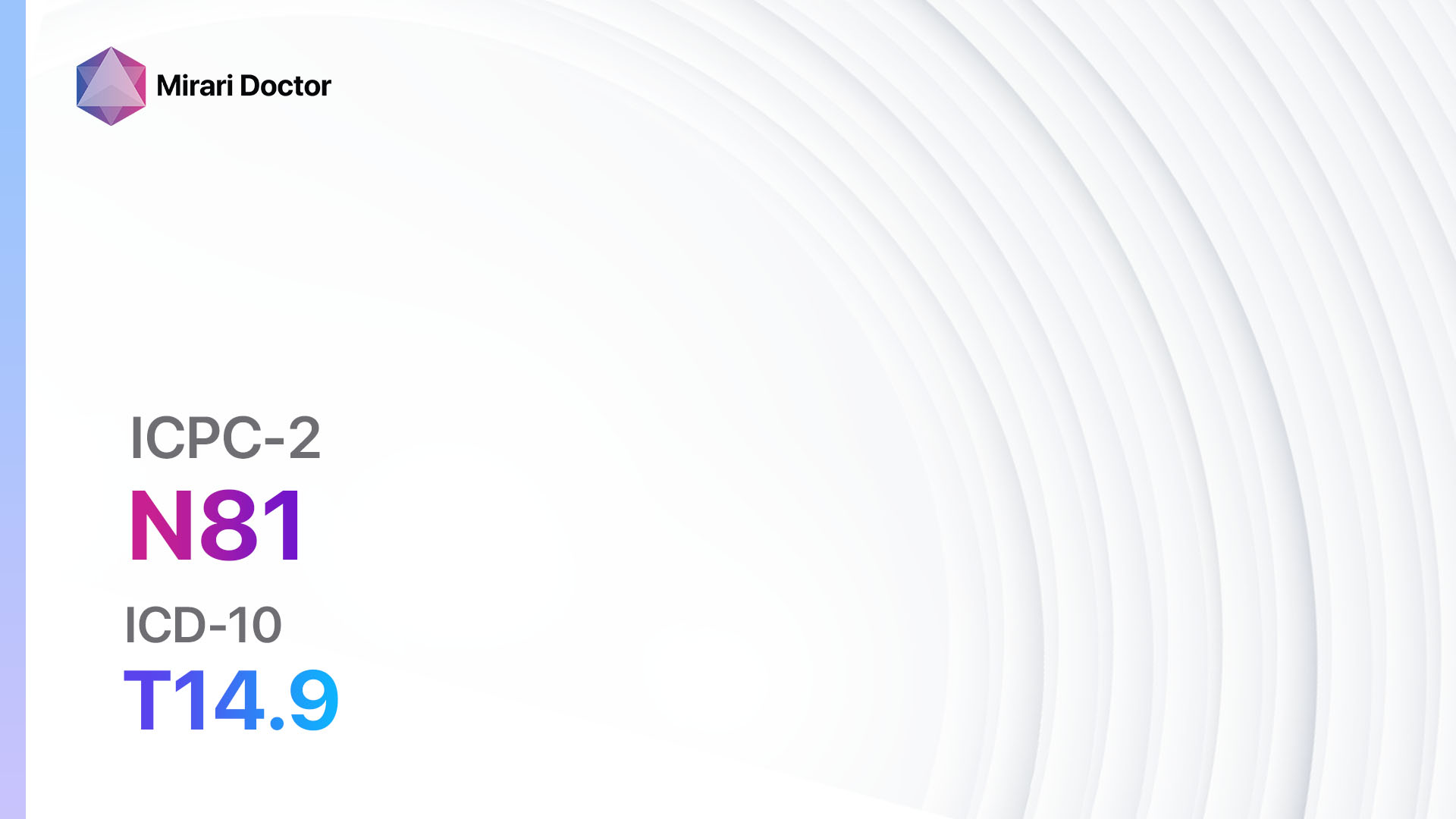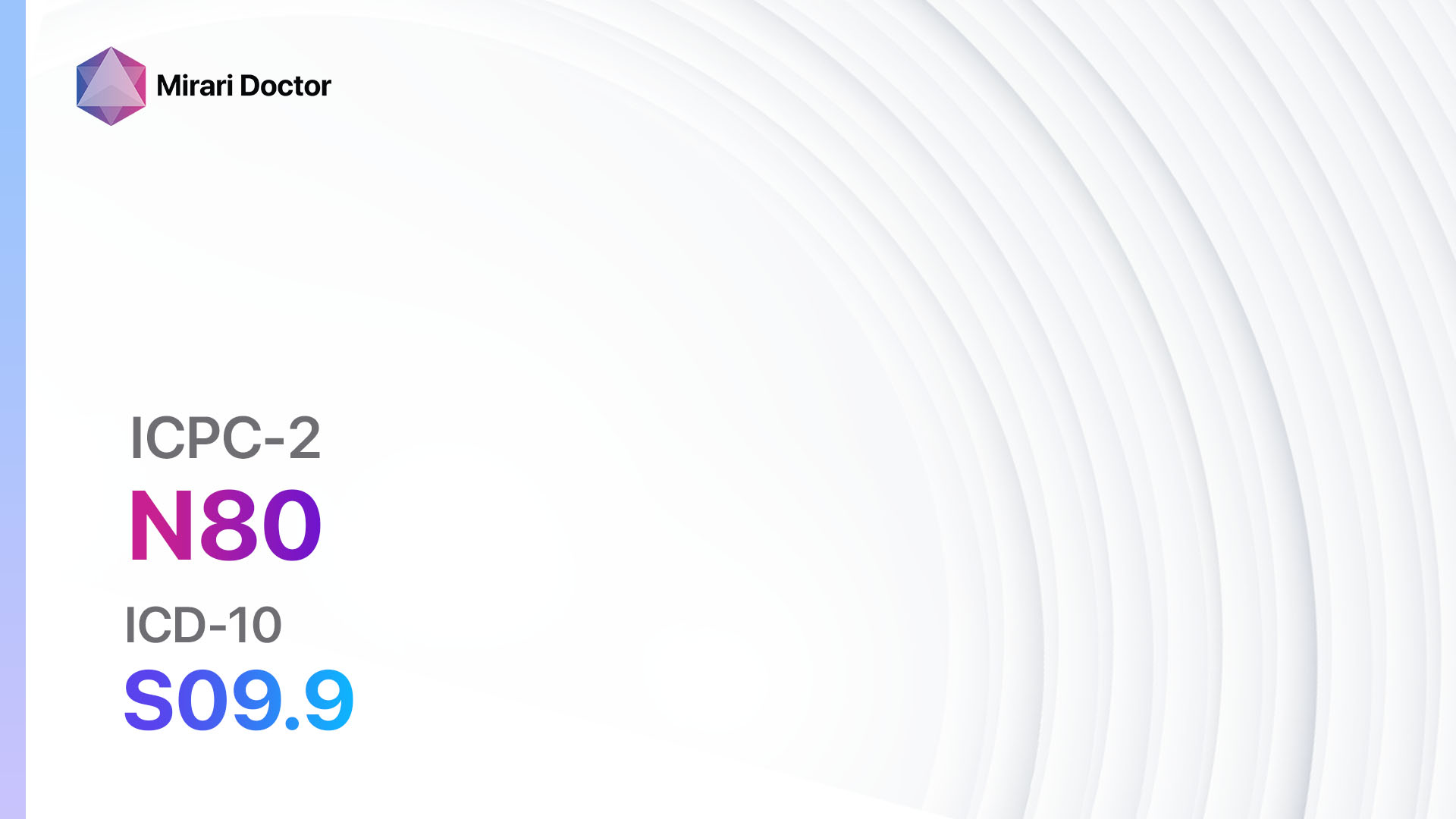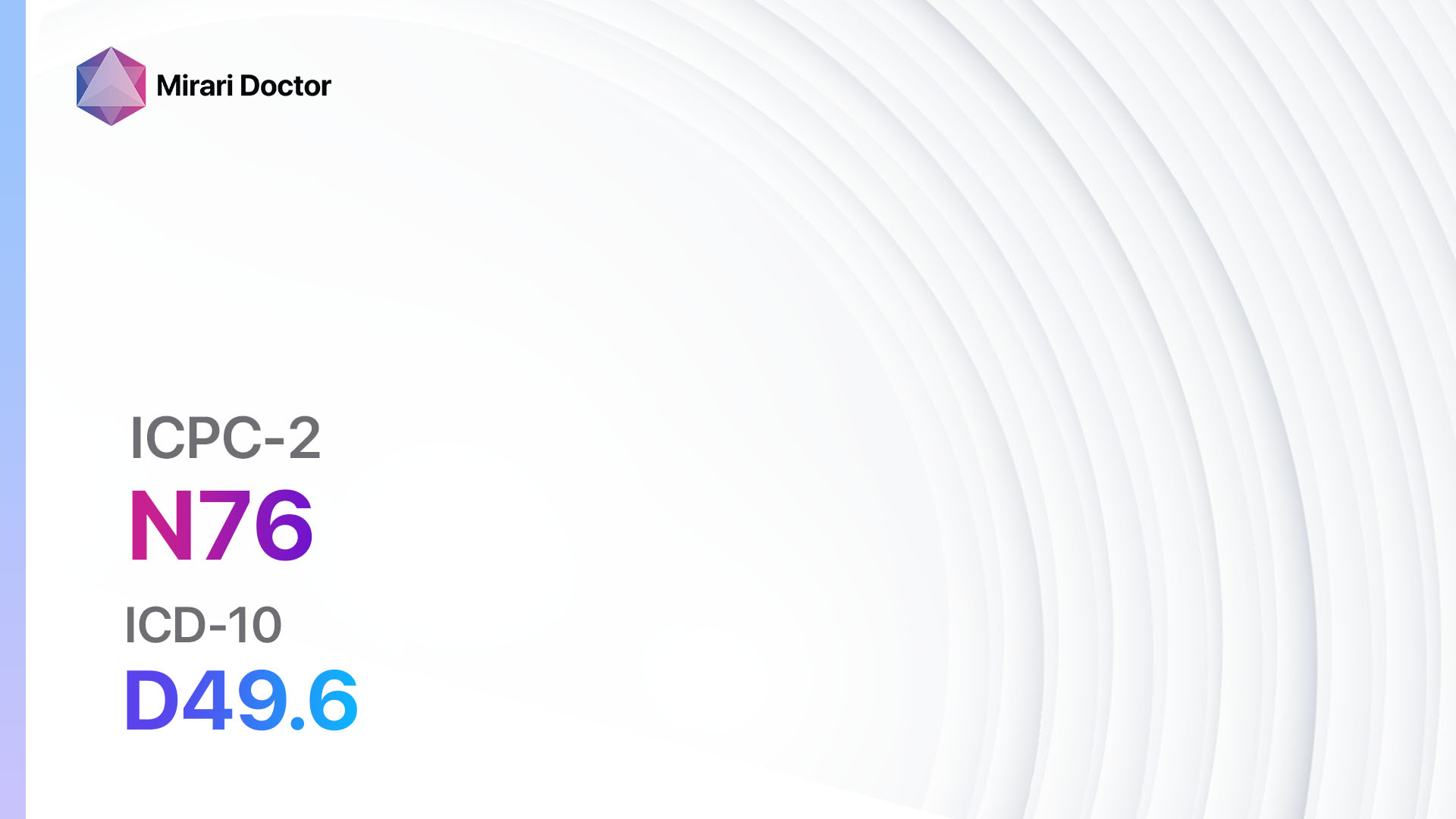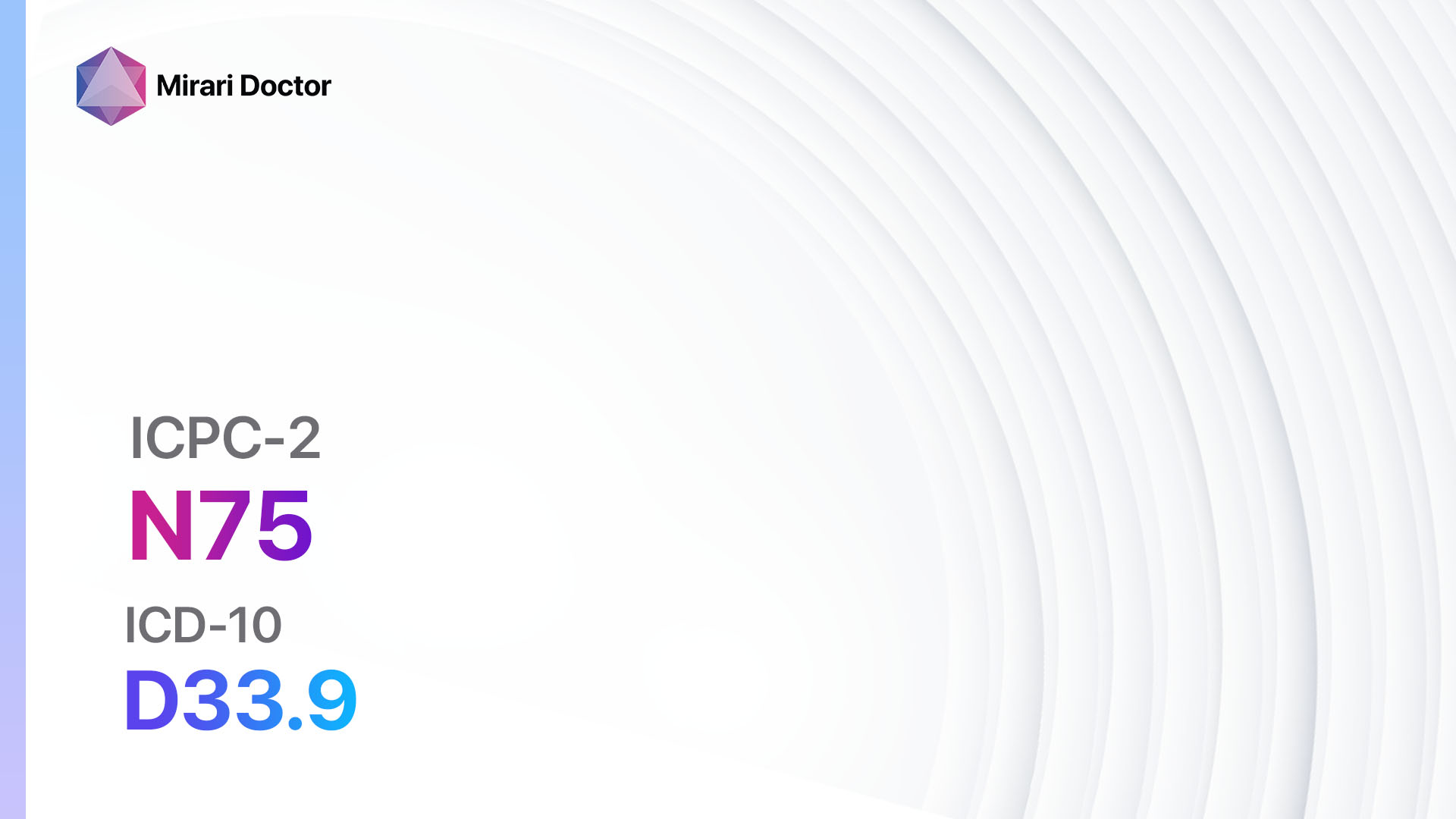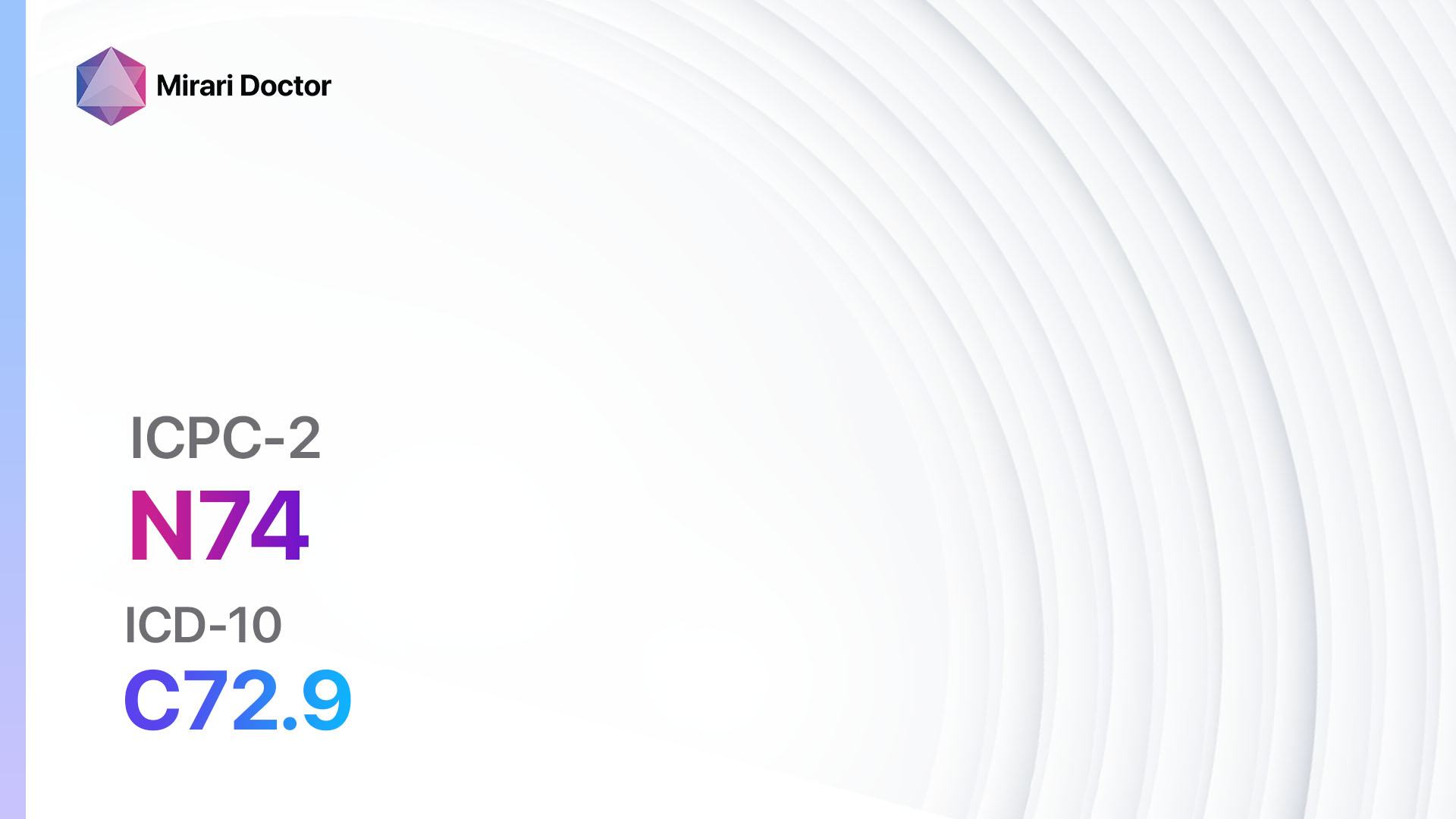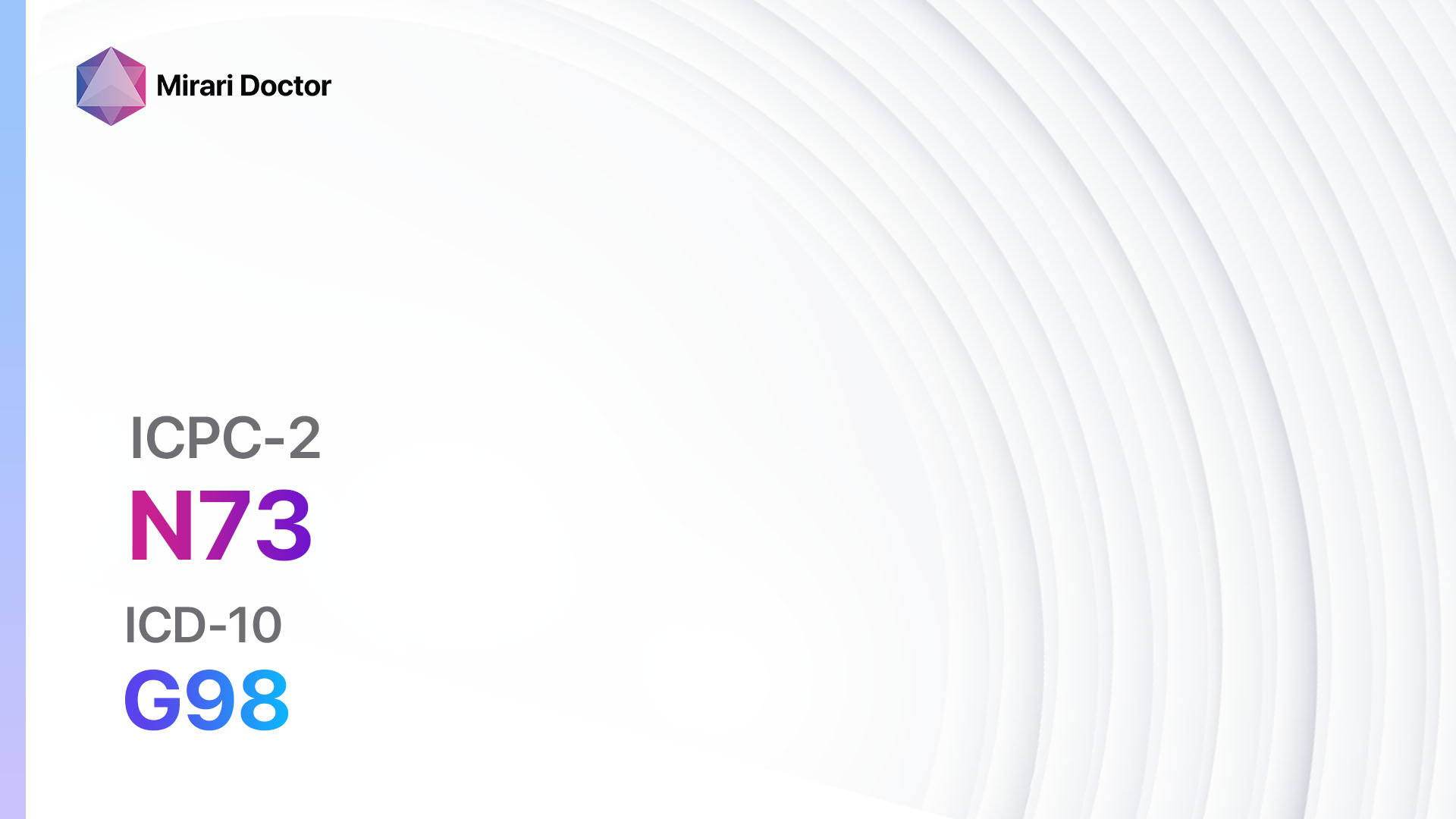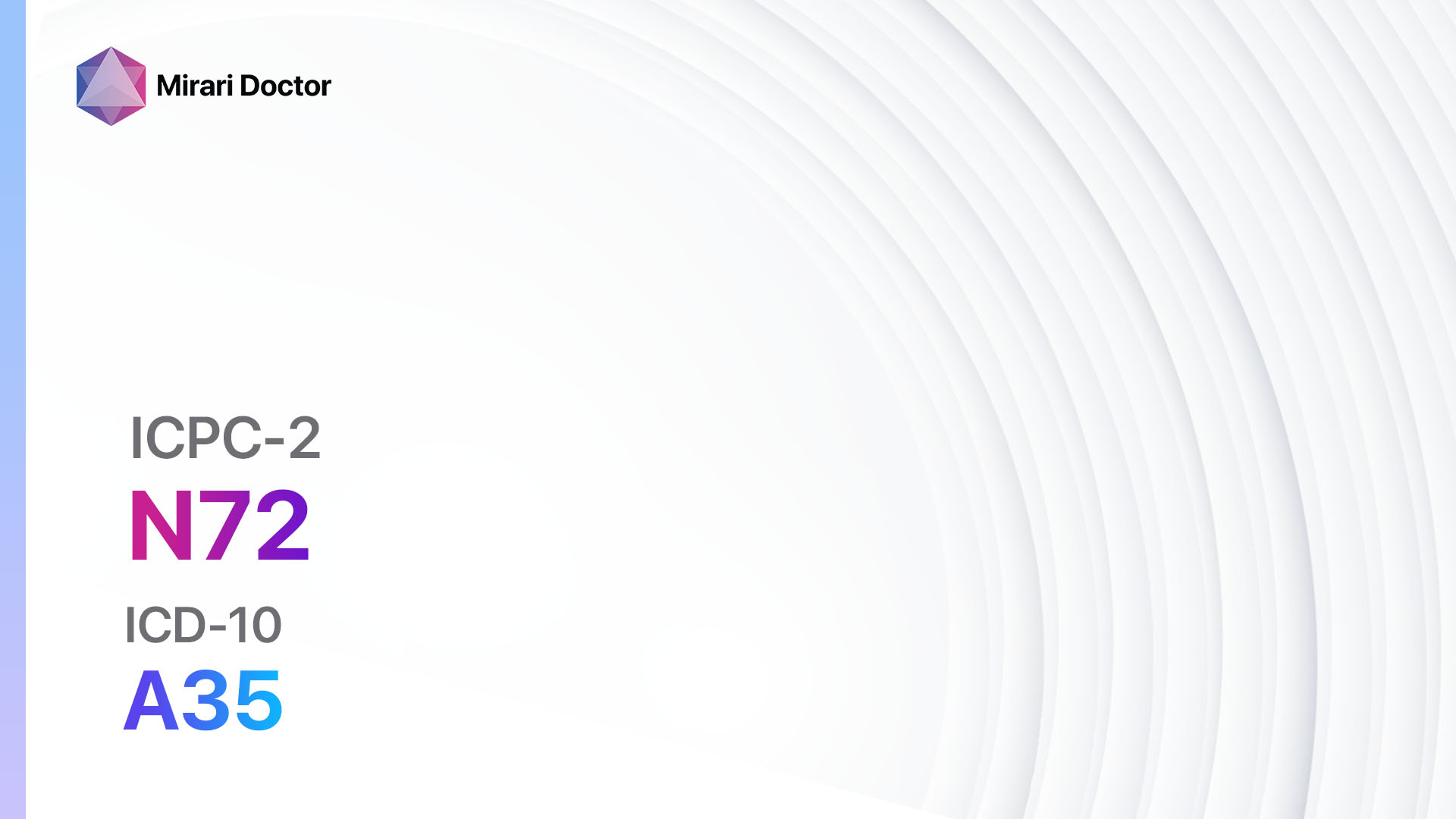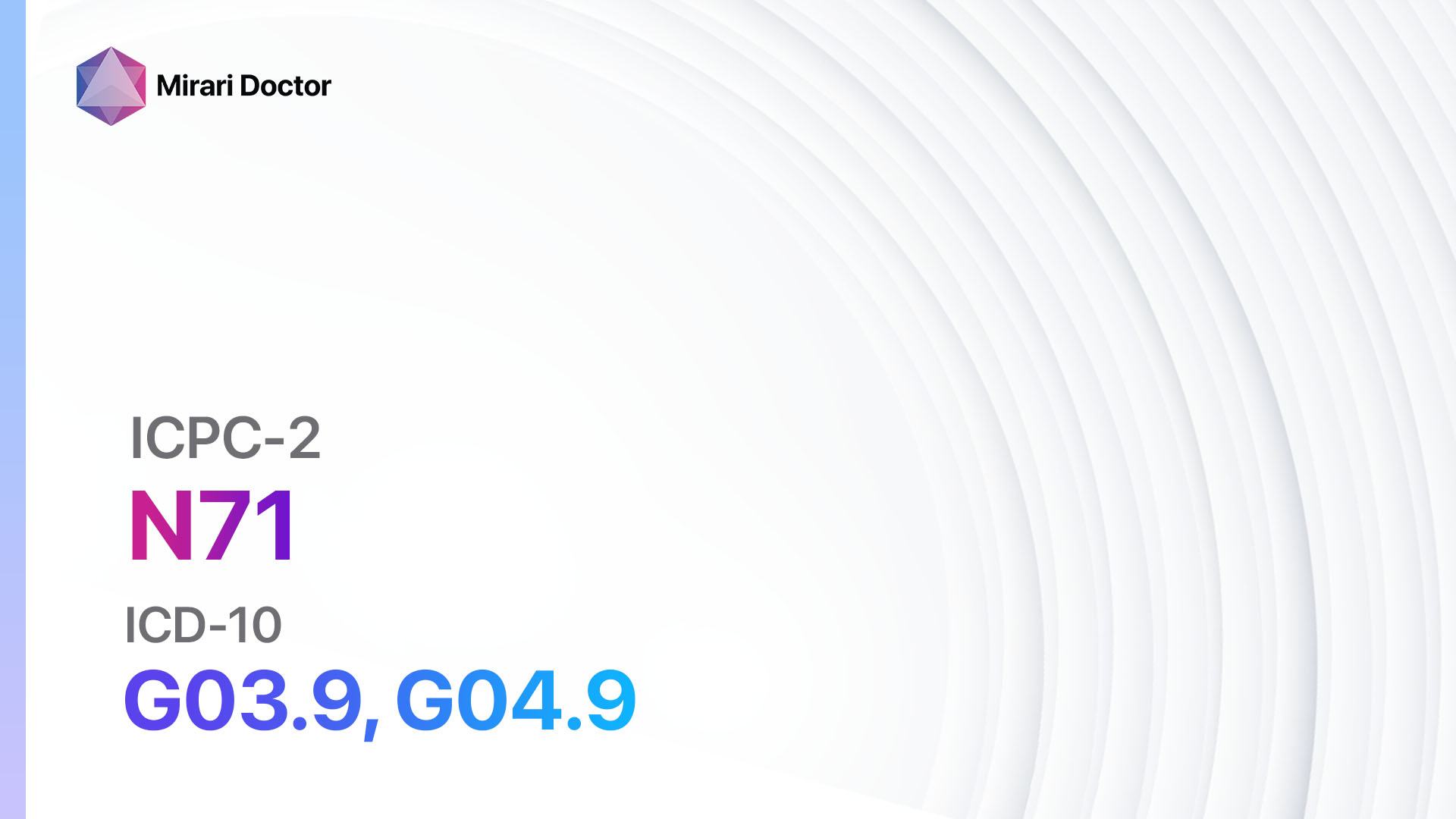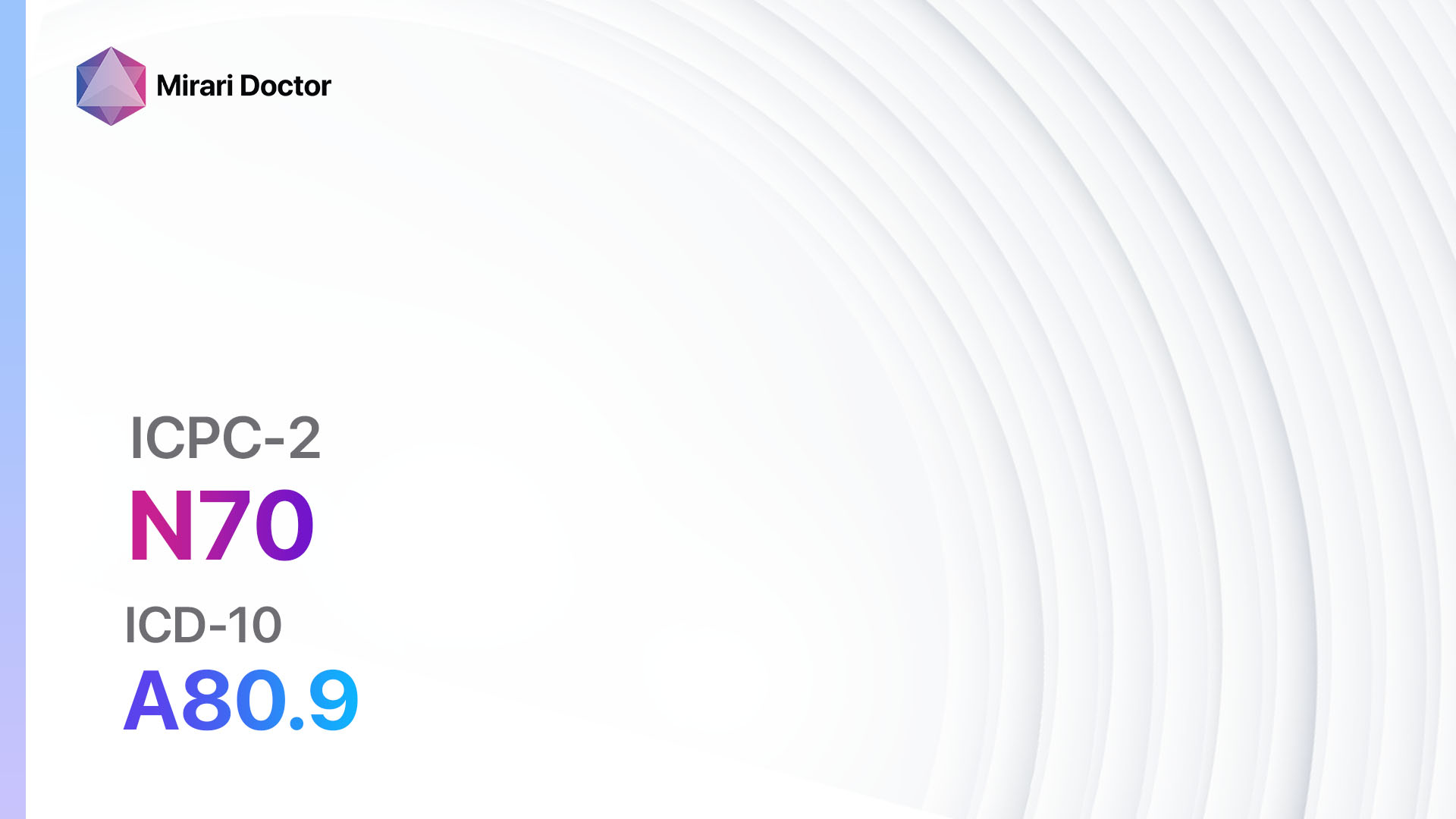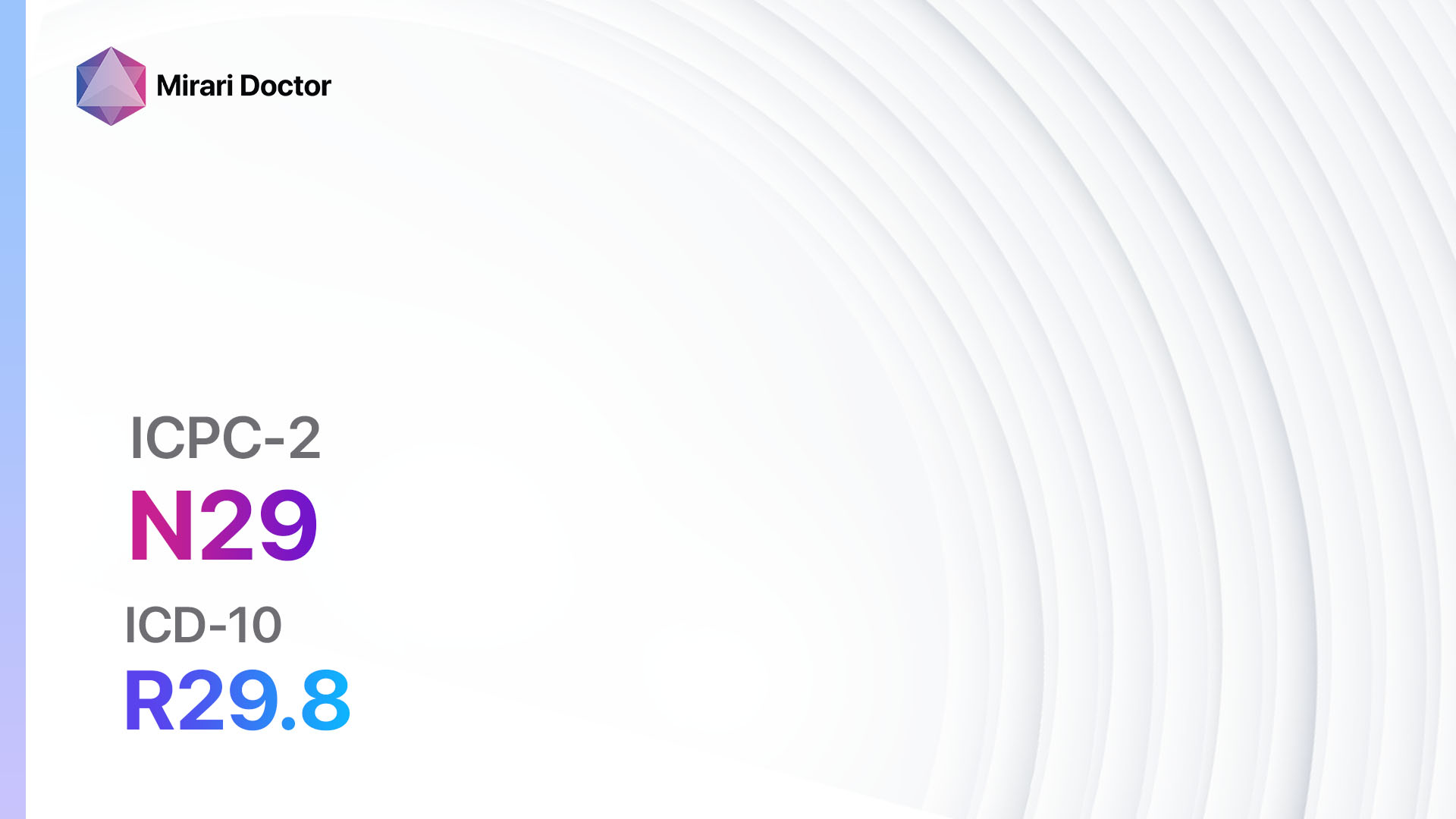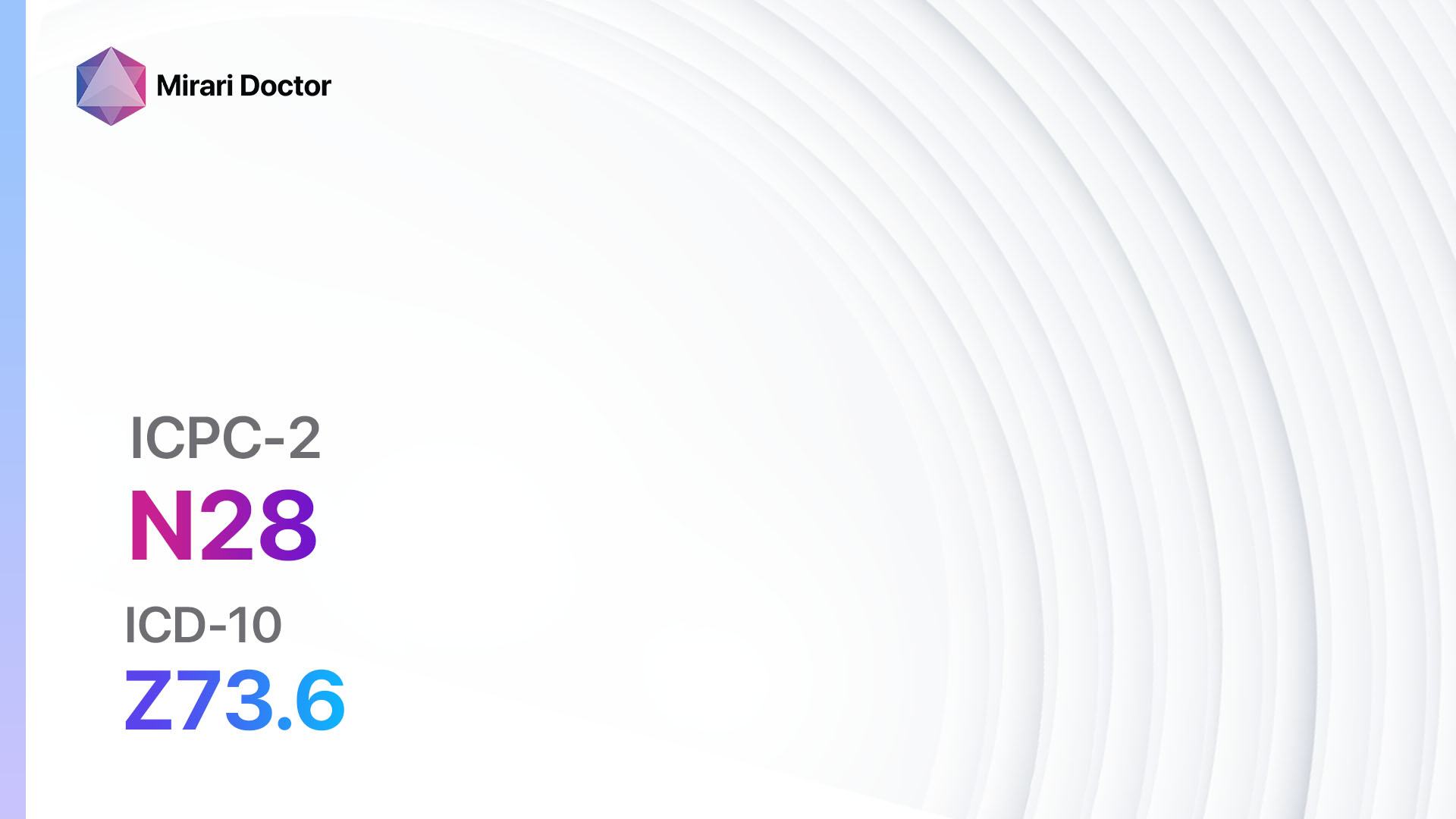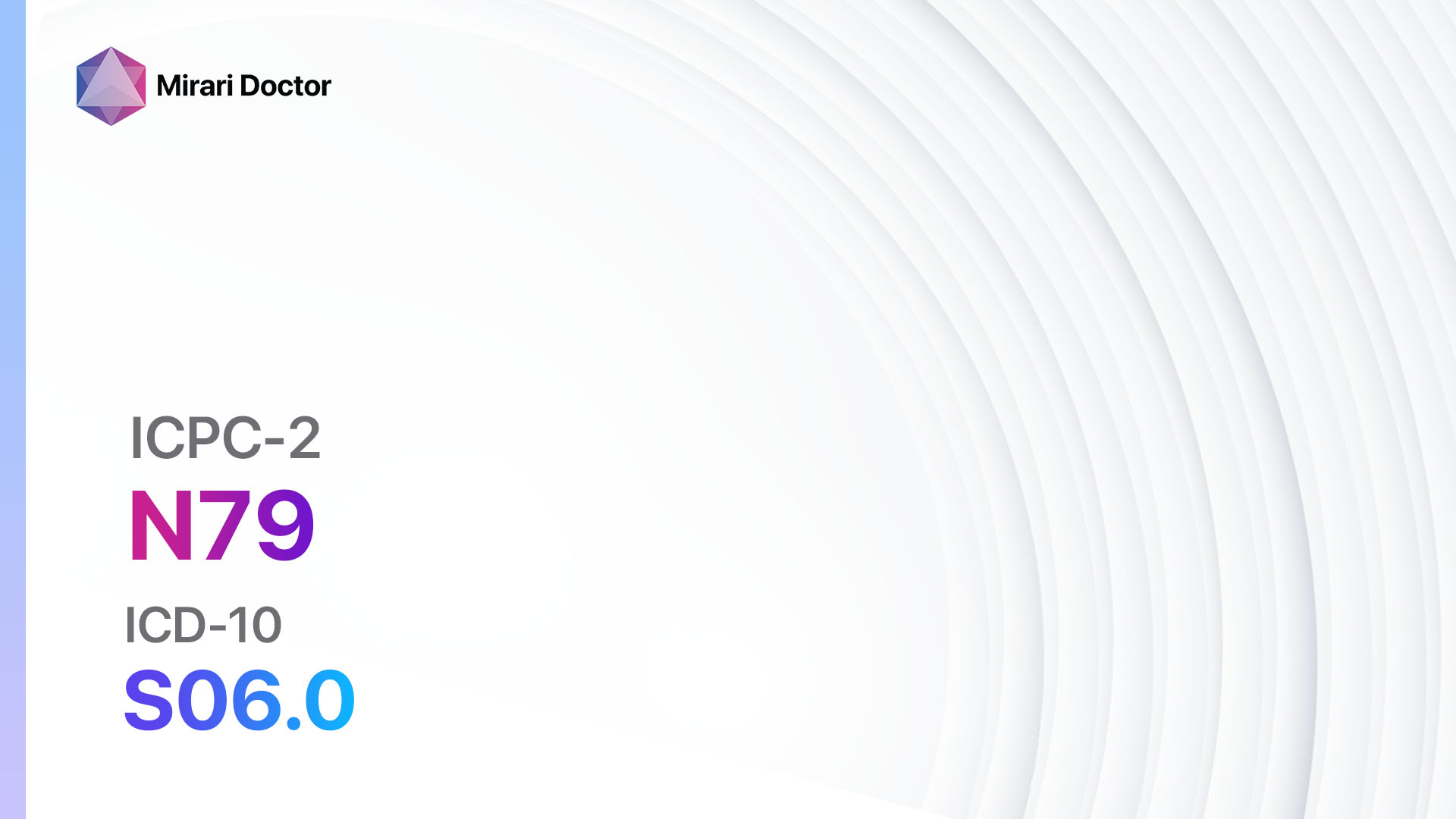
Introduction
Concussion is a mild traumatic brain injury that occurs when a blow or jolt to the head causes the brain to move rapidly back and forth. This sudden movement can cause the brain to bounce or twist within the skull, leading to chemical changes and damage to brain cells.[1] Concussions are commonly caused by sports injuries, falls, or motor vehicle accidents. The aim of this guide is to provide a comprehensive overview of the symptoms, causes, diagnostic steps, possible interventions, and lifestyle interventions for concussion.
Codes
Symptoms
- Headache: A common symptom of concussion, often described as a pressure-like sensation or a dull ache.
- Dizziness: Feeling lightheaded, unsteady, or off-balance.
- Nausea or vomiting: Feeling sick to the stomach or actually vomiting.
- Fatigue: Feeling tired or lacking energy.
- Confusion or disorientation: Feeling mentally foggy or having difficulty concentrating.
- Memory problems: Difficulty remembering new information or events.
- Sensitivity to light or noise: Increased sensitivity to bright lights or loud noises.
- Sleep disturbances: Sleeping more or less than usual, or having difficulty falling asleep.[2]
Causes
- Sports injuries: Concussions commonly occur in contact sports such as football, soccer, and hockey.
- Falls: Falling and hitting the head, especially in older adults, can cause a concussion.
- Motor vehicle accidents: Being involved in a car accident can result in a concussion.
- Assaults: Physical assaults or violent encounters can lead to concussions.[3]
Diagnostic Steps
Medical History
- Gather information about the patient’s injury, including the cause, mechanism, and duration of the concussion.
- Ask about any previous concussions or head injuries.
- Assess the presence of symptoms such as headache, dizziness, nausea, or memory problems.
- Inquire about any risk factors, such as participation in contact sports or a history of falls.[4]
Physical Examination
- Perform a thorough neurological examination, including assessment of reflexes, coordination, and balance.
- Evaluate the patient’s cognitive function, including memory, attention, and concentration.
- Assess visual acuity and sensitivity to light.
- Check for signs of skull fracture or other head injuries.[5]
Laboratory Tests
- Blood tests: These may be done to rule out other causes of symptoms, such as infection or metabolic disorders.
- Specialized assays: Biomarkers such as S100B or GFAP may be measured to assess the severity of the concussion and predict outcomes.[6]
Diagnostic Imaging
- CT scan: This imaging modality can help identify any structural abnormalities or bleeding in the brain.
- MRI: Magnetic resonance imaging may be used to assess the brain for more subtle changes or to rule out other conditions.[7]
Other Tests
- Vestibular and balance testing: These tests can assess the function of the inner ear and balance system.
- Neuropsychological testing: These assessments can evaluate cognitive function, memory, and attention.[8]
Follow-up and Patient Education
- Provide the patient with information about the expected course of recovery and potential complications.
- Advise the patient to rest and avoid activities that may worsen symptoms.
- Educate the patient about the signs and symptoms of more serious brain injuries that may require immediate medical attention.[9][10]
Possible Interventions
Traditional Interventions
Medications:
Top 5 drugs for Concussion:
- Acetaminophen:
- Cost: $5-$10 for a bottle of generic acetaminophen.
- Contraindications: Allergy to acetaminophen, severe liver disease.
- Side effects: Rare, but can include liver damage with high doses.
- Severe side effects: Severe liver damage.
- Drug interactions: Alcohol, other medications containing acetaminophen.
- Warning: Do not exceed the recommended dose.
- Nonsteroidal anti-inflammatory drugs (NSAIDs) (e.g., ibuprofen, naproxen):
- Cost: $5-$15 for a bottle of generic NSAIDs.
- Contraindications: Allergy to NSAIDs, history of stomach ulcers or bleeding.
- Side effects: Upset stomach, heartburn, increased risk of bleeding.
- Severe side effects: Stomach ulcers, kidney problems, increased risk of heart attack or stroke.
- Drug interactions: Blood thinners, other NSAIDs.
- Warning: Use with caution in patients with kidney disease or heart disease.
- Anti-nausea medications (e.g., ondansetron, metoclopramide):
- Cost: $10-$30 for a prescription of generic anti-nausea medication.
- Contraindications: Allergy to the medication.
- Side effects: Headache, constipation, dizziness.
- Severe side effects: Irregular heart rhythm, muscle stiffness.
- Drug interactions: Serotonin reuptake inhibitors (SSRIs), certain antibiotics.
- Warning: Use with caution in patients with a history of heart problems or seizures.
- Sleep aids (e.g., diphenhydramine, melatonin):
- Cost: $5-$15 for a bottle of generic sleep aids.
- Contraindications: Allergy to the medication, severe respiratory disease.
- Side effects: Drowsiness, dry mouth, blurred vision.
- Severe side effects: Difficulty breathing, rapid heartbeat.
- Drug interactions: Other sedating medications, alcohol.
- Warning: Avoid driving or operating heavy machinery while taking sleep aids.
- Antidepressants (e.g., selective serotonin reuptake inhibitors):
- Cost: $10-$50 for a prescription of generic antidepressants.
- Contraindications: Allergy to the medication, recent use of monoamine oxidase inhibitors (MAOIs).
- Side effects: Nausea, headache, sexual dysfunction.
- Severe side effects: Suicidal thoughts, serotonin syndrome.
- Drug interactions: MAOIs, other antidepressants.
- Warning: May take several weeks to reach full effectiveness.
Alternative Drugs:
- Cognitive enhancers (e.g., modafinil): These medications may help improve cognitive function and reduce fatigue.
- Antianxiety medications (e.g., lorazepam, alprazolam): These medications may be used to manage anxiety or agitation.
- Antidepressants (e.g., tricyclic antidepressants): These medications may be used to manage depression or mood disorders.
Surgical Procedures:
- There are no surgical procedures specifically indicated for the treatment of concussion.
Alternative Interventions
- Acupuncture: May help reduce pain and promote relaxation. Cost: $60-$120 per session.
- Chiropractic care: May help with neck pain and headaches. Cost: $30-$200 per session.
- Massage therapy: May help reduce muscle tension and promote relaxation. Cost: $50-$100 per session.
- Cognitive behavioral therapy: May help manage symptoms such as anxiety or depression. Cost: $100-$200 per session.
- Neurofeedback therapy: May help improve cognitive function and reduce symptoms. Cost: $75-$150 per session.
Lifestyle Interventions
- Rest and sleep: Adequate rest and sleep are important for the brain to heal. Cost: Free.
- Gradual return to activity: Slowly reintroducing physical and cognitive activities can help with recovery. Cost: Free.
- Healthy diet: Eating a balanced diet rich in fruits, vegetables, and whole grains can support brain health. Cost: Varies depending on food choices.
- Stress management: Engaging in stress-reducing activities such as meditation or yoga can help with recovery. Cost: Varies depending on the activity.
- Avoiding alcohol and recreational drugs: These substances can interfere with the healing process and worsen symptoms. Cost: Free.
It is important to note that the cost ranges provided are approximate and may vary depending on the location and availability of the interventions.
Mirari Cold Plasma Alternative Intervention
Understanding Mirari Cold Plasma
- Safe and Non-Invasive Treatment: Mirari Cold Plasma is a safe and non-invasive treatment option for various skin conditions. It does not require incisions, minimizing the risk of scarring, bleeding, or tissue damage.
- Efficient Extraction of Foreign Bodies: Mirari Cold Plasma facilitates the removal of foreign bodies from the skin by degrading and dissociating organic matter, allowing easier access and extraction.
- Pain Reduction and Comfort: Mirari Cold Plasma has a local analgesic effect, providing pain relief during the treatment, making it more comfortable for the patient.
- Reduced Risk of Infection: Mirari Cold Plasma has antimicrobial properties, effectively killing bacteria and reducing the risk of infection.
- Accelerated Healing and Minimal Scarring: Mirari Cold Plasma stimulates wound healing and tissue regeneration, reducing healing time and minimizing the formation of scars.
Mirari Cold Plasma Prescription
Video instructions for using Mirari Cold Plasma Device – N79 Concussion (ICD-10:S06.0)
| Mild | Moderate | Severe |
| Mode setting: 1 (Infection) Location: 0 (Localized) Morning: 15 minutes, Evening: 15 minutes |
Mode setting: 1 (Infection) Location: 0 (Localized) Morning: 30 minutes, Lunch: 30 minutes, Evening: 30 minutes |
Mode setting: 1 (Infection) Location: 0 (Localized) Morning: 30 minutes, Lunch: 30 minutes, Evening: 30 minutes |
| Mode setting: 2 (Wound Healing) Location: 0 (Localized) Morning: 15 minutes, Evening: 15 minutes |
Mode setting: 2 (Wound Healing) Location: 0 (Localized) Morning: 30 minutes, Lunch: 30 minutes, Evening: 30 minutes |
Mode setting: 2 (Wound Healing) Location: 0 (Localized) Morning: 30 minutes, Lunch: 30 minutes, Evening: 30 minutes |
| Mode setting: 3 (Antiviral Therapy) Location: 0 (Localized) Morning: 15 minutes, Evening: 15 minutes |
Mode setting: 3 (Antiviral Therapy) Location: 0 (Localized) Morning: 30 minutes, Lunch: 30 minutes, Evening: 30 minutes |
Mode setting: 3 (Antiviral Therapy) Location: 0 (Localized) Morning: 30 minutes, Lunch: 30 minutes, Evening: 30 minutes |
| Mode setting: 7 (Immunotherapy) Location: 7 (Neuro system & ENT) Morning: 15 minutes, Evening: 15 minutes |
Mode setting: 7 (Immunotherapy) Location: 7 (Neuro system & ENT) Morning: 30 minutes, Lunch: 30 minutes, Evening: 30 minutes |
Mode setting: 7 (Immunotherapy) Location: 7 (Neuro system & ENT) Morning: 30 minutes, Lunch: 30 minutes, Evening: 30 minutes |
| Total Morning: 60 minutes approx. $10 USD, Evening: 60 minutes approx. $10 USD |
Total Morning: 120 minutes approx. $20 USD, Lunch: 120 minutes approx. $20 USD, Evening: 120 minutes approx. $20 USD, |
Total Morning: 120 minutes approx. $20 USD, Lunch: 120 minutes approx. $20 USD, Evening: 120 minutes approx. $20 USD, |
| Usual treatment for 7-60 days approx. $140 USD – $1200 USD | Usual treatment for 6-8 weeks approx. $2,520 USD – $3,360 USD |
Usual treatment for 3-6 months approx. $5,400 USD – $10,800 USD
|
 |
|
Use the Mirari Cold Plasma device to treat Concussion effectively.
WARNING: MIRARI COLD PLASMA IS DESIGNED FOR THE HUMAN BODY WITHOUT ANY ARTIFICIAL OR THIRD PARTY PRODUCTS. USE OF OTHER PRODUCTS IN COMBINATION WITH MIRARI COLD PLASMA MAY CAUSE UNPREDICTABLE EFFECTS, HARM OR INJURY. PLEASE CONSULT A MEDICAL PROFESSIONAL BEFORE COMBINING ANY OTHER PRODUCTS WITH USE OF MIRARI.
Step 1: Cleanse the Skin
- Start by cleaning the affected area of the skin with a gentle cleanser or mild soap and water. Gently pat the area dry with a clean towel.
Step 2: Prepare the Mirari Cold Plasma device
- Ensure that the Mirari Cold Plasma device is fully charged or has fresh batteries as per the manufacturer’s instructions. Make sure the device is clean and in good working condition.
- Switch on the Mirari device using the power button or by following the specific instructions provided with the device.
- Some Mirari devices may have adjustable settings for intensity or treatment duration. Follow the manufacturer’s instructions to select the appropriate settings based on your needs and the recommended guidelines.
Step 3: Apply the Device
- Place the Mirari device in direct contact with the affected area of the skin. Gently glide or hold the device over the skin surface, ensuring even coverage of the area experiencing.
- Slowly move the Mirari device in a circular motion or follow a specific pattern as indicated in the user manual. This helps ensure thorough treatment coverage.
Step 4: Monitor and Assess:
- Keep track of your progress and evaluate the effectiveness of the Mirari device in managing your Concussion. If you have any concerns or notice any adverse reactions, consult with your health care professional.
Note
This guide is for informational purposes only and should not replace the advice of a medical professional. Always consult with your healthcare provider or a qualified medical professional for personal advice, diagnosis, or treatment. Do not solely rely on the information presented here for decisions about your health. Use of this information is at your own risk. The authors of this guide, nor any associated entities or platforms, are not responsible for any potential adverse effects or outcomes based on the content.
Mirari Cold Plasma System Disclaimer
- Purpose: The Mirari Cold Plasma System is a Class 2 medical device designed for use by trained healthcare professionals. It is registered for use in Thailand and Vietnam. It is not intended for use outside of these locations.
- Informational Use: The content and information provided with the device are for educational and informational purposes only. They are not a substitute for professional medical advice or care.
- Variable Outcomes: While the device is approved for specific uses, individual outcomes can differ. We do not assert or guarantee specific medical outcomes.
- Consultation: Prior to utilizing the device or making decisions based on its content, it is essential to consult with a Certified Mirari Tele-Therapist and your medical healthcare provider regarding specific protocols.
- Liability: By using this device, users are acknowledging and accepting all potential risks. Neither the manufacturer nor the distributor will be held accountable for any adverse reactions, injuries, or damages stemming from its use.
- Geographical Availability: This device has received approval for designated purposes by the Thai and Vietnam FDA. As of now, outside of Thailand and Vietnam, the Mirari Cold Plasma System is not available for purchase or use.
References
- Centers for Disease Control and Prevention. (2019). What Is a Concussion? Retrieved from https://www.cdc.gov/headsup/basics/concussion_whatis.html
- Mayo Clinic. (2022). Concussion – Symptoms and causes. Retrieved from https://www.mayoclinic.org/diseases-conditions/concussion/symptoms-causes/syc-20355594
- American Association of Neurological Surgeons. (n.d.). Concussion. Retrieved from https://www.aans.org/en/Patients/Neurosurgical-Conditions-and-Treatments/Concussion
- Harmon, K. G., et al. (2019). American Medical Society for Sports Medicine position statement on concussion in sport. British Journal of Sports Medicine, 53(4), 213-225.
- McCrory, P., et al. (2017). Consensus statement on concussion in sport—the 5th international conference on concussion in sport held in Berlin, October 2016. British Journal of Sports Medicine, 51(11), 838-847.
- Bazarian, J. J., et al. (2018). Serum GFAP and UCH-L1 for prediction of absence of intracranial injuries on head CT (ALERT-TBI): a multicentre observational study. The Lancet Neurology, 17(9), 782-789.
- Wintermark, M., et al. (2015). Imaging evidence and recommendations for traumatic brain injury: advanced neuro-and neurovascular imaging techniques. American Journal of Neuroradiology, 36(2), E1-E11.
- Echemendia, R. J., et al. (2017). The Sport Concussion Assessment Tool 5th Edition (SCAT5). British Journal of Sports Medicine, 51(11), 848-850.
- Silverberg, N. D., et al. (2020). Management of concussion and mild traumatic brain injury: A synthesis of practice guidelines. Archives of Physical Medicine and Rehabilitation, 101(2), 382-393.
- Leddy, J. J., et al. (2018). Exercise treatment for postconcussion syndrome: a pilot study of changes in functional magnetic resonance imaging activation, physiology, and symptoms. Journal of Head Trauma Rehabilitation, 33(5), 283-295.
Related articles
Made in USA


